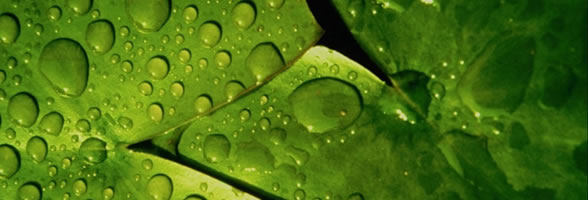
An online textbook explaining photosynthesis and cellular respiration...
Light - Dependent Reaction
The purpose of light – dependent reactions is to utilize sunlight to make energy carrier molecules for the next process, light – independent reactions, in order to create glucose. First, sunlight strikes the chlorophyll in Photosystem II and I. Chlorophyll is a light-absorbing pigments that absorbs sunlight. As sunlight hits the chlorophyll, electrons get excited and jump energy levels, resulting in their movement through the first electron transport chain. While moving through the electron transport chain, electrons lose energy. This energy is sent to ATP Synthase, which then makes ATP molecules after adding the lost energy to ADP molecules. ADP molecules can be described as empty energy molecules while ATP molecules are full energy molecules. During this time, water enters into this process, and splits to replace lost electrons from the chlorophyll. This action keeps the light – dependent reaction going and also results in the release of oxygen gas. Meanwhile, the electrons have passed through the first electron transport chain and are now passing through the second one. After passing through this electron transport chain, the electrons are attached to NADP+ molecules in order to create NADPH. NADP+ are empty electron carrier molecules while NADPH are full electron carrier molecules. The reactants that go into this process are sunlight and water. The products are oxygen gas, NADPH, and ATP. This entire process takes place in the thylakoid membrane of the chloroplast. The diagram below clearly illustrates where this process takes place with respect to its surrounding. The process of light – dependent reactions involves a number of reactants and products. The most important reactant in light – dependent reactions is sunlight.

